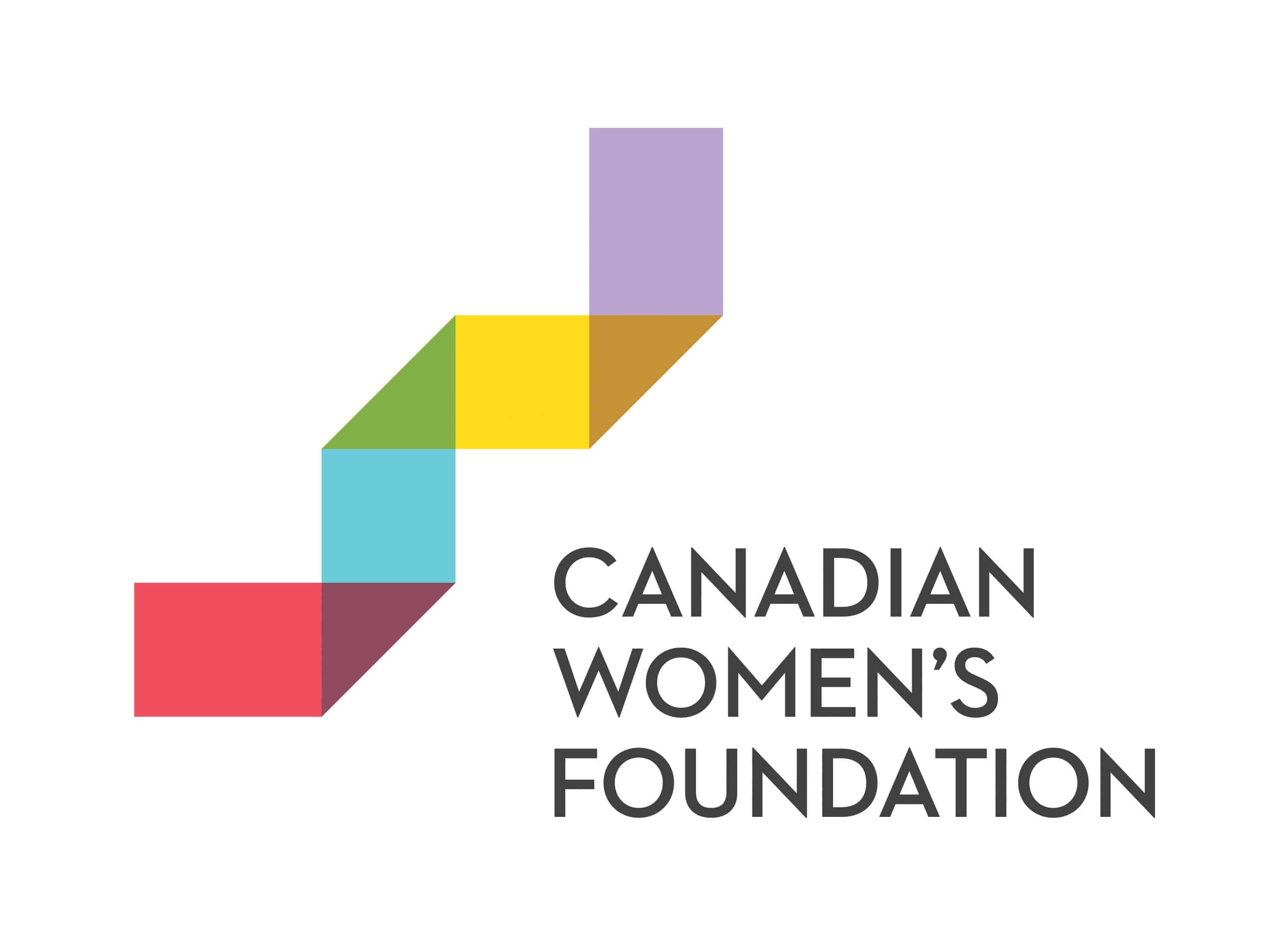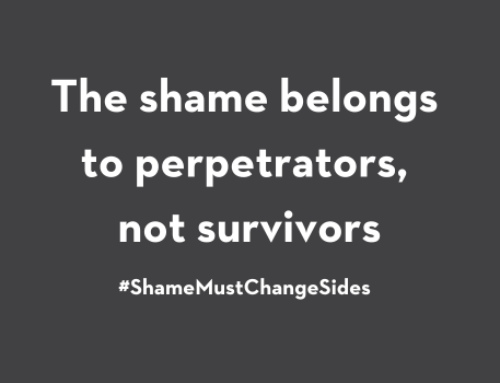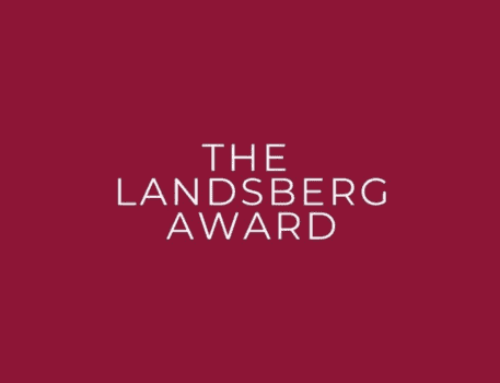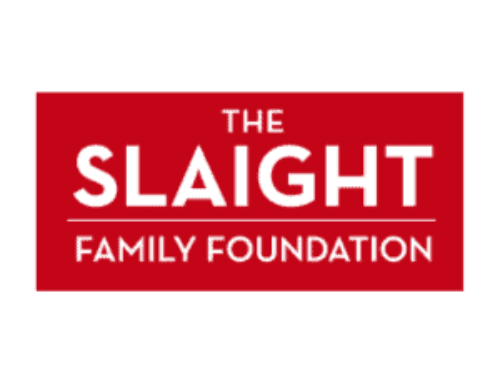
Sheherazade Hirji, President and CEO of the Canadian Women’s Foundation, wants to put the organisation out of business – envisioning a generation of empowered women, gender equality and an end to sexual violence.
Having dedicated your career to the philanthropic sector, you are committed to helping women and girls in Canada. What led you to your present role at the Foundation?
I actually qualified as a solicitor in England first, so I’m a ‘recovering’ lawyer. I came to Canada in the 1980s and qualified again, got called to the Bar and started to work in the area of philanthropy. I very quickly found that the work I was doing with foundations resonated with my own personal values much more than law.
I have always followed my intuition. So, making a deliberate shift out of law, I gained experience in different sectors within philanthropy, such as public, government and corporate foundations and a real estate company supporting women’s shelters. Working with women, girls, donors, men, corporations and government who are interested in making an impact on the lives of women and girls makes it a great privilege to be leading the Canadian Women’s Foundation.
Can you provide some examples of the Foundation’s unique approach to empowering women and girls?
We are a 25-year-old organisation and our approach from the beginning has been to empower women and girls in Canada to move out of violence and poverty, and into confidence. The women who founded this organisation felt it unacceptable that poverty still existed for some women in Canada; that girls were losing their confidence and not growing up to be the best they could be; that we still had domestic violence; that some women were not able to stay in their homes and needed emergency shelters. The founders were particularly focused on understanding the stories, lives and journeys of women and girls. We understand that the women and girls themselves can guide the solutions to their lives.
Traditionally, foundations give out grants to organisations and that would be it. We, on the other hand, are a hub of activity for donors, corporations and others who want to work with women and girls. We find the best programmes across the country, go through an application process and provide funding. We view ourselves as building fields of practice. For example, the Foundation’s early work focused on women in shelters, providing supportive shelters across the country. We then looked into why women end up in a shelter, finding that for the most part it was because they were in an unhealthy relationship. This led us to start funding programmes that focus on building healthy teen relationships, through the school curriculum or after-school clubs, for example. We’re now working with the Government on a special project that seeks to understand what makes a successful and effective healthy teen relationship programme that will ultimately prevent violence in our society.
In another example, we invest a lot in programmes focused on building strong, resilient girls who are self-assured and unafraid to use their own voice, and who are confident in their science, technology, engineering and maths abilities. Girls as young as six or seven receive all kinds of media messages on what makes the perfect woman, and research shows us that girls start to lose confidence in themselves at around the age of eight or nine. We found we could change this by investing in programmes that help girls become confident, develop good relationships and have control over their lives.
We also recognise that one year of funding is not enough time to make an impact, and to assess and evaluate whether an impact has actually been made. Therefore, the majority of our programmes are funded for three to five years, which is unusual for a funder. We’re not just funding programmes, however, we’re also investing in organisations. For this reason, we bring all of our grantees together regularly so that they can learn from each other and create a field of practice that is changing the Canadian landscape and behaviour.
Research shows that gender equality impacts positively on economic and social conditions for everyone. Could you explain how this works?
The Federal Department of Justice estimates that domestic violence costs Canadians $7.4 billion a year; and the aftermath of sexual assault costs about $4.8 billion. On any given night, 6,300 women and children sleep in an emergency shelter and the cost of that is huge – it’s a financial, social and emotional cost. In addition, 1.5 million women in Canada live in poverty and are unable to fully contribute to society.
Research shows that a young person who witnesses violence in their family is more likely to perpetrate violence. This is learned behaviour; babies are not born to be violent. We teach violence and, if we can teach it, we can prevent it.
If we can shift the equality lens it makes a huge difference to a country. Kofi Annan, former Head of the UN, said in 2004: “Study after study has taught us that there is no tool for development more effective than the education of girls and the empowerment of women. When women are fully involved, the benefits are seen immediately: families are healthier, they’re better fed and their incomes, savings and investments increase. What is true of families is true of communities – and eventually whole countries”. There are studies comparing the number of women in the workforce or education to countries’ GDP. It’s pretty clear that if we help and strengthen marginalised women, this ultimately has a positive social, emotional and economic impact on the country as a whole.
In terms of impact, what have been some of the most successful interventions to have been implemented by the Foundation to date?
One of the first things we did was look at violence from all perspectives. If a woman is in a violent relationship, why doesn’t she just leave? We know that it is often because she doesn’t have an economic choice. So, we invested in programmes that help women find new skills, alternative employment or become self-employed. In some areas of Canada, where the skilled trades are fast expanding, we work with organisations that train women to enter the trades because this sector offers solid, valued jobs.
Many of the shelters we work in Canada with told us they were starting to see sex trafficking-related trauma – a very different problem to family violence. We were astounded because we’d heard of human trafficking for labour purposes, but sex trafficking of girls as young as 12 or 13 was shocking. As a result, we invested funding into a task force that went across the country over an 18-month period. The task force included service providers, academics and survivors of trafficking, all of whom were tasked with understanding the world of sex trafficking and finding out how quickly it has grown in Canada and what we could do about it. The report was released in 2014 and we have come up with a five-year strategy to help end sex trafficking in Canada. We also launched a programme to look at funding organisations that are helping women and girls exit trafficking and rebuild their lives.
In addition, our girls programme is also high impact. We fund programmes that develop critical thinking and media literacy skills among girls, and we’ve started to see incredible results: 95 per cent have improved their critical thinking skills, and over 90 per cent are more confident and have a stronger sense of belonging. We added a mentorship programme and toolkit, thanks to a generous donor, which has just been launched across the country for anybody who’s working with young girls.
One of your biggest priorities is supporting women and girls from First Nation, Metis and Inuit communities. Why is this so?
Very early on we decided that a big focus in our funding was going to be on the most vulnerable in Canada, so one-third of our programming and grants goes to Aboriginal women and girls. We’re increasingly aware that, other than the Aboriginal community, all Canadians are immigrants – and yet the relationship with Indigenous communities has not been good. The Government has just agreed to launch an inquiry into missing and murdered Aboriginal women: 1,200 have gone missing over the past few decades and nobody knows what has happened to them. Recently the Truth and Reconciliation Commission produced a report that collected the testimonies of 6,000 witnesses and looked at the history of residential schools in Canada.
Again, the statistics are horrendous. Aboriginal (First Nations, Inuit and Métis) women are three times more likely to be victims of violence compared with non-Aboriginal women in Canada; 75 per cent or so of Aboriginal girls under 18 have been sexually abused; and about 36 per cent live in poverty. Their trajectory is not good, but we have gained incredible inspiration from their stories and their successes. We funded a pilot programme in Manitoba called ‘The Red Road to Healing’, which took Aboriginal women and girls through a traditional Aboriginal healing journey. When we first funded it, 41 women showed up – four times as many as expected. Today over 500 women have gone through this programme in 13 community groups across Manitoba. It was so successful that it was recognised by the Department of Justice as one of the promising practices for healing in the First Nations Community, particularly for women and girls.
In Aboriginal communities women are leaders in their own right, and mothers and grandmothers are revered. That’s why we support programmes that are re-introducing traditions, customs and cultures to the communities to develop stronger Aboriginal women and girls.
Congratulations on receiving the 2015 Humanitarian of the Year Award for 20 years of service in the non-profit sector. In what way has this recognition influenced your vision while leading the Foundation?
This award is a tribute to those who brought me to where I am today as well as what I’ve done to help others to achieve. It’s not a personal thing; it’s a journey and I feel that there are many who would receive awards if only they were recognised. I don’t do much alone; my family, colleagues, volunteers and many others have helped me – I just happen to be privileged to be recognised for the work. Therefore, the focus for me has always been on leveraging this award to make even more of an impact.
This award also reminds me of how I came to be where I am today. The most important thing I have learned is to adapt to change. Life is about change. Core values don’t change but everything else can change.
What are the long-term goals for the Canadian Women’s Foundation?
The first one is to create a foundation that leads the world in enabling the first generation to experience gender equality. What does this actually mean? It means no sexual harassment, assault, sexual assault, domestic abuse or sex trafficking.
The second goal is to achieve economic equality. Currently, for every dollar a man makes in Canada, a woman makes 72 cents on that dollar. We want to eliminate the gender wage gap and glass ceilings to allow every woman to be the best she can be.
The third goal is to create the first generation to be inclusive in their leadership, a leadership that collaborates, believes in ‘working with’ not ‘doing to’, and includes all marginalised voices. Girls shouldn’t be afraid to show their brilliance.
We are one of the top ten women’s foundations in the world. We’ve built up our reputation over 25 years. We work with corporations and many other people who have the same dreams as us. If we can realise these dreams, we’ll put ourselves out of business within 25 years. Just because we have grown with these problems, it doesn’t mean we have to exist in 100 or 200 years’ time. This is the challenge I am putting to our team: pushing boundaries and pushing conventional wisdom that states that a charity exists forever. To me this is what innovation is all about – constantly challenging conventional wisdom, always questioning the way of the world and seeing if there’s a different way to do things.
Learn More
- How 8 trail-blazing women started the Canadian Women’s Foundation
- Gender Inequality? This is Still a Thing? You Bet Your Ass It Is
- Leaning In and Reaching Out: Paving the Way for the Next Generation of Women Leaders
- Join GEN1. Become a monthly donor and help us build the first generation to experience gender equality.
- Sign up for our e-newsletter to have our latest stories and resources sent to your inbox.
- Follow us on Facebook and Twitter to join a national conversation on gender equality.







